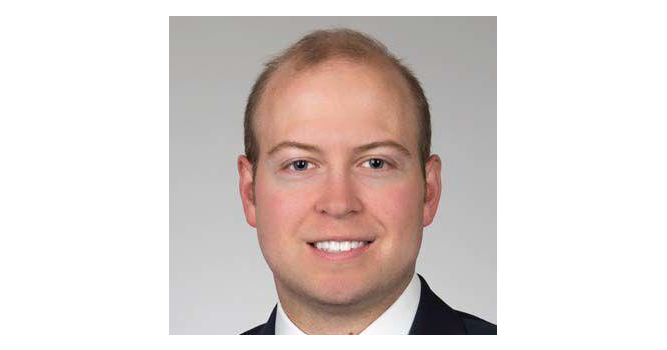Neurological Vision Insights to Real-World Impact: The Legacy of Dr. Sobash
Neurological Vision Insights to Real-World Impact: The Legacy of Dr. Sobash
Blog Article
In the sphere of vision science, several improvements have been as major because the groundbreaking work of Dr. Philip Sobash Charleston SC. His neurological inventions are not just enhancing our understanding of visual pathways but are redefining the very base of how exactly we approach vision-related research and treatment.
Expanding the Vision Research Paradigm
Dr. Sobash's trip in perspective science is noted by his relentless pursuit of knowledge the brain's complicated visual pathways. Usually, vision research aimed largely on the anatomical and physiological facets of the eyes and their direct link with visual perception. However, Dr. Sobash has extended that paradigm by establishing neurological insights in to the study of vision. His study delves deeply in to how neural procedures affect and talk with visual perception, offering a more holistic see of vision that transcends main-stream boundaries.
Mapping the Brain's Visual Pathways
One of the important improvements presented by Dr. Sobash is his approach to mapping the brain's visual pathways. His revolutionary work uses sophisticated imaging techniques and computational models to trace how aesthetic data is prepared from the retina through numerous neural tracks to the brain. That comprehensive mapping not just clarifies existing knowledge but also uncovers previously unexplored contacts that enjoy a crucial position in visible perception, enriching our understanding of how exactly we start to see the world.
Targeted Solutions for Aesthetic Problems
Dr. Sobash's research has significant implications for treating aesthetic disorders. By understanding the neurological underpinnings of visual processing, he has developed targeted remedies that address certain neural deficits. As an example, his work with neural plasticity has generated book rehabilitation methods for people who have visible impairments brought on by brain accidents or degenerative conditions. These remedies are meticulously made to promote and sculpt neural tracks, potentially rebuilding missing visible functions and increasing the quality of life for patients.
The Interplay of Vision and Knowledge
Another significant aspect of Dr. Sobash's work is his exploration of the interaction between aesthetic perception and cognitive functions. His studies claim that aesthetic perception isn't simply a passive party of data but an active method involving cognitive interpretations and expectations. This perspective starts new avenues for study in to how cognitive states influence visible experiences and vice versa, giving a richer comprehension of the interaction between vision and knowledge that could inform future beneficial approaches.
Fostering Interdisciplinary Venture
Dr. Sobash's innovations may also be fostering interdisciplinary collaboration. By connecting the hole between perspective science and neurology, he encourages a far more integrated approach to research and treatment. That collaborative nature is a must for evolving our understanding of complex visual and neurological phenomena and building more efficient interventions that leverage ideas from numerous disciplines.

In conclusion, Dr. Philip Sobash's contributions to perspective technology are nothing in short supply of revolutionary. His perform in mapping head visible pathways, establishing targeted remedies, and exploring the cognitive aspects of visible belief pushes the limits of conventional perspective science. As his study continues to evolve, it promises to discover new possibilities for treating aesthetic disorders and enhancing our comprehension of exactly how we see and connect to the world around us.
Report this page